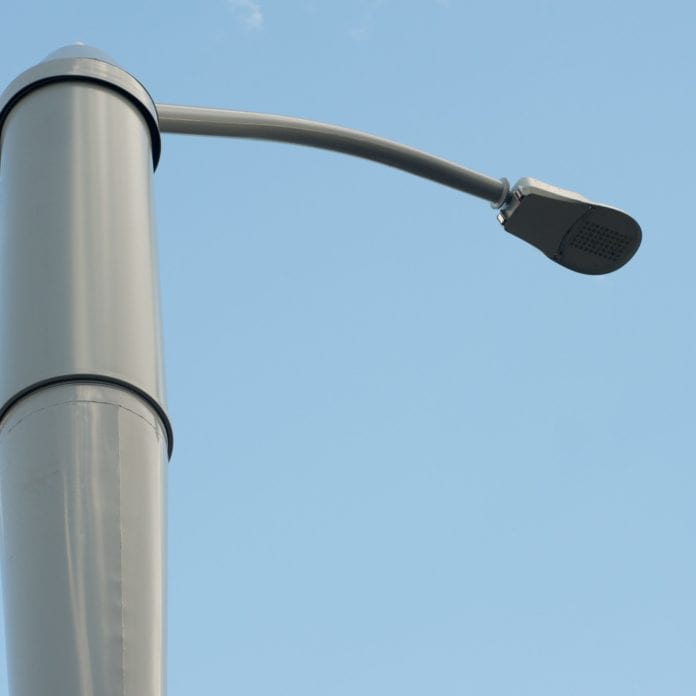American Tower and Philips Lighting partner on connected light poles to add network density for smart city applications
SAN FRANCISCO–Siting of wireless infrastructure in urban spaces is often a tricky proposition for wireless carriers and neutral host providers. Regulations vary between jurisdictions, which makes developing a scalable deployment model difficult and, in turn, drives up costs and extends project timelines. In the context of a smart city, ultra-dense network connectivity is imperative to supporting key use cases such like ubiquitous mobile coverage and capacity, traffic management, environmental sensing and monitoring and more.
In order to facilitate the development of smart city infrastructure, infrastructure vendors and other telecom ecosystem stakeholders are looking for ways to provide the connectivity that’s needed in a way that minimizes aesthetic impact while still putting radios and other critical network components in the locations where they’re needed. Case in point, this week during Mobile World Congress Americas, neutral host infrastructure provider American Tower has partnered with Phillips Lighting to develop smart lighting poles that integrate a flexible radio infrastructure into a lighting pole form factor that can blend into urban streetscapes.
“As the demand for wireless broadband continues to grow in urban centers, wireless carriers need a repeatable, scalable way to densify networks fast,” Steven Marshall, President of American Tower’s U.S. Tower division, said. The partnership with Phillips is predicated on the long-term goal of providing operators “access to premium pre-approved sites, with a smart pole that aesthetically blends into urban locations, delivering wireless broadband hidden in plain sight.”
Connected lighting in and of itself provides cost savings and a clear return on investment model to municipal decision-makers. Remote monitoring allows for a reduction in both energy usage and maintenance costs. But smart lighting infrastructure with built in radio infrastructure extends the connectivity aspect to other applications while further serving as a platform for other internet of things technologies.
“Lighting is an essential part of the urban landscape and one of the most valuable assets to help accelerate cities’ digital transformation,” Olivia Qiu, chief innovation officer at Philips Lighting noted. “Combining…energy-efficient and connected LED street lighting with American Tower’s shared infrastructure expertise will help speed up a city’s ability to deploy new technologies that improve public safety and civic services. Our alliance with the largest provider of wireless infrastructure in the U. S. will support the growth of our street lighting business in this important market.”
Phillips is quite active in global smart lighting projects and partnerships. In Norway, the company is working on a smart lighting project in 11 municipalities in southern Rogaland with the goal of installing some 18,000 connected lights. The company is also using its smart lighting expertise to bring solutions to smart buildings and, for consumers, into smart homes.

